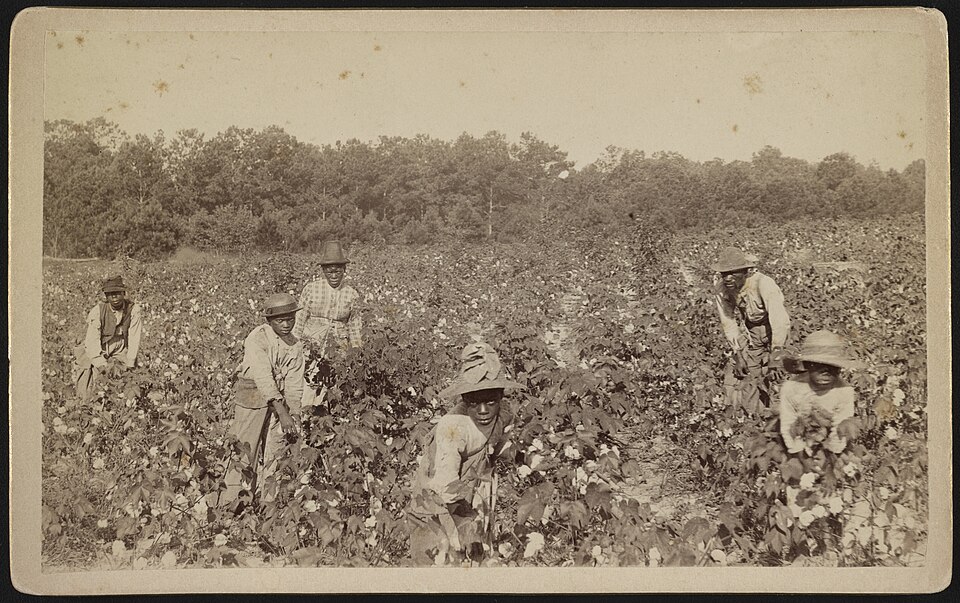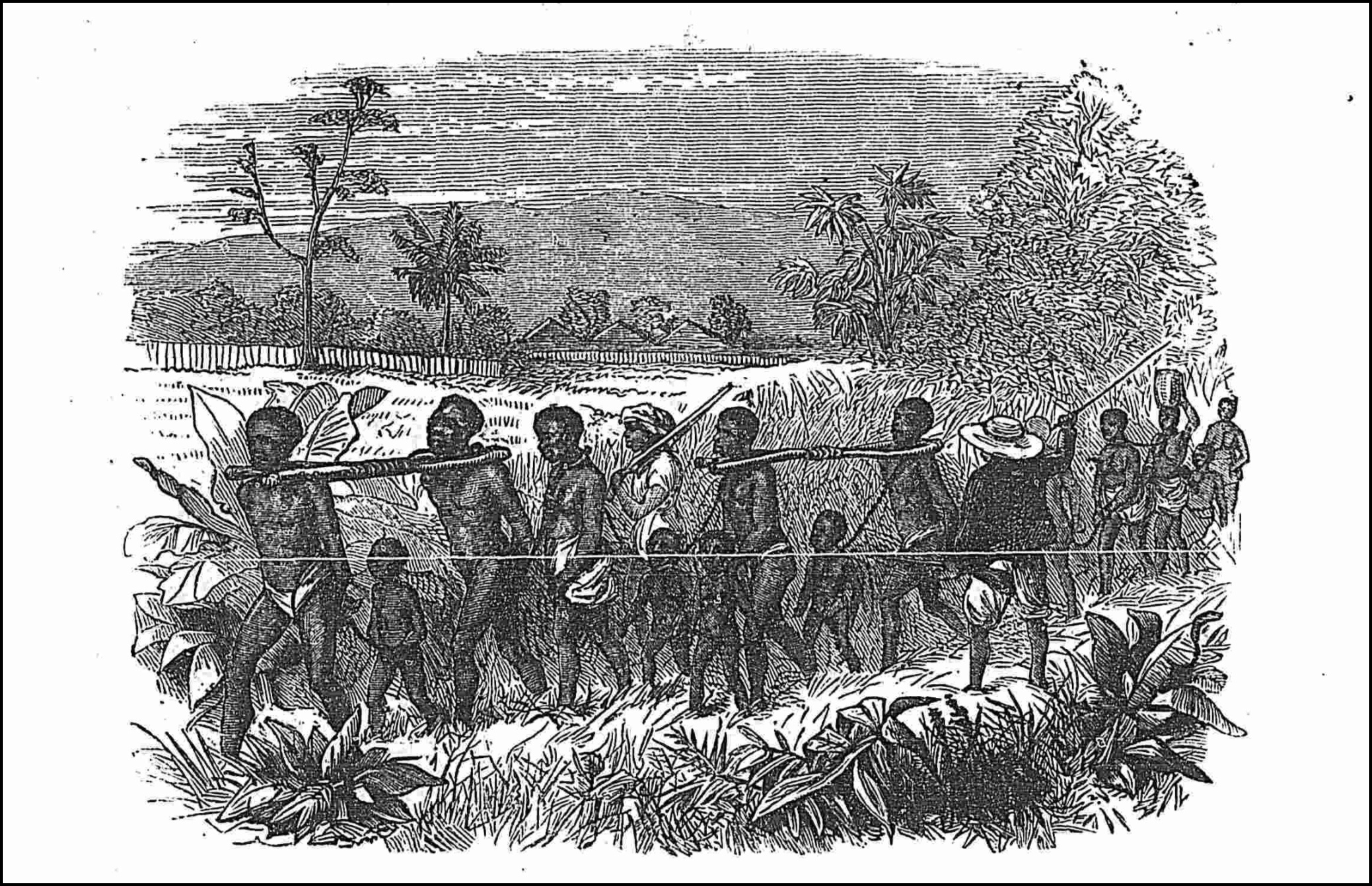│By Rawan Mohamed, Gale Ambassador at the University of Leeds│
Slavery has been a pervasive institution throughout human history that has manifested into multiple forms across different societies. In Africa, indigenous systems of slavery pre-date the trans-Atlantic slave trade. However, the arrival of European powers and the subsequent demand for labour within the Americas transformed existing practices into a dehumanising enterprise. Delving into Gale’s Slavery and Anti-Slavery: A Transnational Archive enables us to uncover the distinct differences between indigenous African slavery and the trans-Atlantic slave trade and shed light on their enduring impacts upon entire societies.
Content Warning:
Context and Characteristics: Indigenous African Slavery
Prior to European contact, many African societies practiced forms of slavery that were integral to their socio-economic and political structures. Slavery in Africa was often a result of warfare, criminal punishment, or debt. Enslaved individuals, although deprived a particular freedom, could typically be integrated into households as a part of kinship systems and were also able to attain positions of influence and trust.
African slavery was generally non-heritable; the children of enslaved individuals were born free which enabled them to assimilate into the wider community. The system functioned more akin to indentured servitude with enslaved individuals retaining certain rights and the possibility of freedom particularly across Muslim African societies such as the Sudan and Northern Nigeria.

In stark contrast, the trans-Saharan slave trade introduced chattel slavery where enslaved individuals were the property of their enslavers with no rights and their status was inherited by their offspring. This system stripped individuals of any agency and autonomy which reduced them to mere commodities. Gale’s Slavery and Anti-Slavery: A Transnational Archive‘s exploration of chattel slavery provides a comprehensive understanding of this transformation and the devastating implications upon African communities.
The Trans-Atlantic Slave Trade: Scale and Mechanisms
The trans-Atlantic slave trade spanned from the sixteenth to the nineteenth century which marked a significant departure from indigenous African slavery practices. European powers had the ability to establish a triangular system of trade: manufactured goods were shipped from Europe to Africa, enslaved Africans were transported across the Atlantic to the Americas – an infamous journey known as the Middle Passage – and raw materials such as cotton, sugar, and tobacco were sent to Europe.

This trade resulted in the forced migration of approximately 12.5 million Africans with around 10.7 million surviving the harrowing voyage to the Americas.
Scale and Scope
Indigenous African slavery was typically localised whereas the trans-Atlantic slave trade functioned on a more industrial scale by forcibly transporting millions of Africans to the Americas to meet labour demands of plantation economies.
The massive displacement both depopulated and fragmented vast regions within Africa and led to a loss of cultural heritage. Documents such as shipping logs, and trade records which offer invaluable insights into the magnitude of this human tragedy can be found in Gale’s Slavery and Anti-Slavery: A Transnational Archive.
Economic Integration
Within African contexts, enslaved individuals played a crucial role in economic activities from agriculture to skilled trades and were able to attain positions of influence. Within the Americas, enslaved individuals were primarily exploited and made up the rigid hierarchy imposed by European imperialists that ensured slaves remained at the bottom of socio-economic structures that perpetuated cycles of poverty and discrimination.

Treatment and Conditions
The treatment of enslaved individuals varied across African societies – many were treated as a part of the kinship system and had some rights and protections. Whereas enslaved Africans in the Americas faced brutal conditions and often denied basic human rights, alongside being subject to harsh punishments. The trans-Atlantic trade’s emphasis on profit maximisation led to inhumane working conditions, rampant abuse and inadequate nutrition. Slave narratives and abolitionist writing can provide a poignant glimpse into the suffering that enslaved individuals endured.
Cultural Impact
African slavery systems enabled the retention of cultural identities and practices in some cases as enslaved individuals were integrated into their captors’ communities. The transatlantic slave trade, however, sought to strip enslaved Africans of their identities. This systemic erasure was a deliberate tactic to suppress resistance and maintain control over enslaved populations.
The transition from indigenous African slavery to the trans-Atlantic slave trade represents one of the most harrowing transformations within history. Through the examination of these key distinctions, one can gain a deeper understanding of the complex nature of slavery and its enduring impact on the modern world. This exploration not only honours the resilience of those who suffered but also serves as a reminder of the importance of confronting and learning from our past.
If you enjoyed reading this post, check out these others below:
- How Slave Narratives Give Voice to the Enslaved
- Exploring perceptions of Liverpool’s International Slavery Museum using Gale Primary Sources
- The Rise and Fall of Chinese Indentured Labour
Cover image citation: “A SLAVE-GANG IN EAST AFRICA ON ITS WAY TO THE COAST.” Anti-Slavery Monthly Reporter; Under the Sanction of the British and Foreign Anti-Slavery Society, 1 Apr. 1873, pp. [125]+. Slavery and Anti-Slavery: A Transnational Archive, https://link.gale.com/apps/doc/CC1903612811/SAS?u=webdemo&sid=bookmark-SAS&xid=57f5ddb0.

